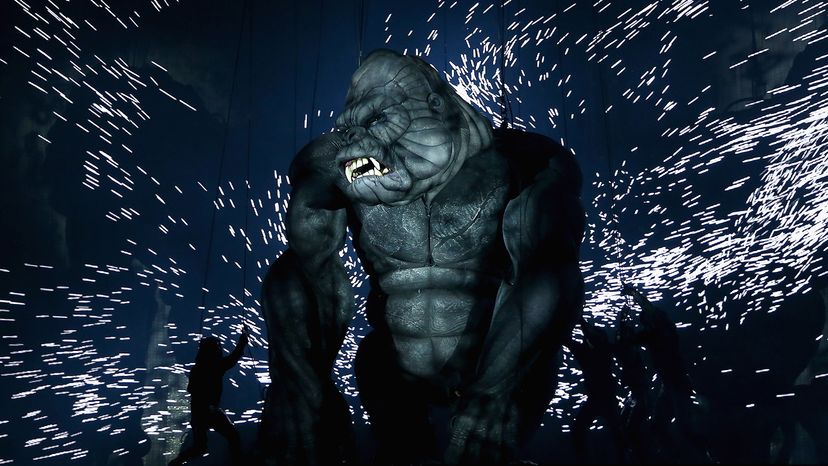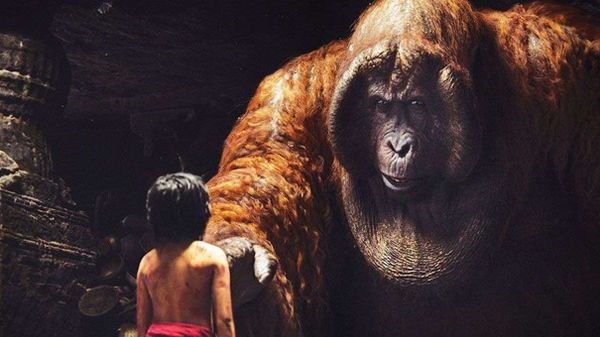
If you're considering a summer vacation to a fictitious land, then Skull Island is an ecotourism dream come true. You can avoid the genetic mischief of Jurassic Park's Isla Nublar and the radioactive horror of Monster Island and visit a place where prehistoric creatures still thrive in the wild.
Skull Island, aka Kong's Island, is home to a perplexing array of organisms, as captured in the 1933 film "King Kong" and its sequels. It houses everything from native populations of Homo sapiens to dinosaurs like tyrannosaurs and stegosaurs. And then there's the ape lord himself: King Kong.
Advertisement
Unlike the dinosaurs, pterosaurs and plesiosaurs on the island, Kong doesn't quite line up with a known prehistoric beast. Even Gigantopithecus, the largest known primate of all time, stood no more than 10 feet (3 meters) high. Kong, however, stands at least 18 feet (5.5 meters) in the 1993 film — and is even taller in some tellings.
Sizing up like this can prove something of a risky move, evolutionarily speaking. Bigger bodies come with increased energy demands and body changes to keep everything from falling apart. Plus, an ape like Kong might be big enough to defeat all its fellow beasts in a brawl, but can it cope with climate change, habitat loss or the destructive tendencies of human civilization? Being big isn't enough to cope with these dangers.
Prehistoric titans like Gigantopithecus and the giant sloths present a valuable lesson in the vulnerability of life as giant land mammals, as scientist Aaron Clauset pointed out to National Geographic. Clauset argued, based on computer modeling of heights, that every species has an effective upper limit of size and the closer they evolve toward that size, the greater the risk of extinction.
Perhaps that's why King Kong is typically described as the last of his kind. Even Skull Island seems incapable of supporting a robust population of rampaging giant apes. Not only would he be considered an endangered species, he's also what's often referred to as "functionally extinct."
Because, let's face it, Kong's species is at a dead end despite an alleged "son of Kong" popping up from time to time, as well as the Skull Island people's offerings of human brides. The population of his species has clearly dipped well below the threshold for genetically stable reproduction. In other words, if there are female Kongs out there, the resulting offspring would be inbred and subject to genetic disorders and an overall lack of genetic diversity.

Kong's not alone. Several real-life species exist in this state of impending doom, including the baiji, a freshwater dolphin once found in the Yangtze River. We've even seen a recent example of a last-known member of a species succumbing to extinction: George, the last Hawaiian tree snail, who died in captivity on Jan. 1, 2019. George was no giant, but his death highlights one of the lesser-known plights of extinction: that of snails and slugs. Amphibians face a similar crisis and, in both cases, there are inevitable ripples effects through the ecosystem. While King Kong seems to exist in order to battle other giant creatures, these smaller victims of extinction play subtler but still vital ecological roles, such as decomposing waste or keeping mosquito populations in check. When we lose them, we risk greater monsters.
So, certainly, pour one out for lonely King Kong, but on the bright side, it doesn't look like he'll vanish from the world of cinema anytime soon. Instead, consider the many critically endangered species of the real world and what you can do to help them.
Advertisement

